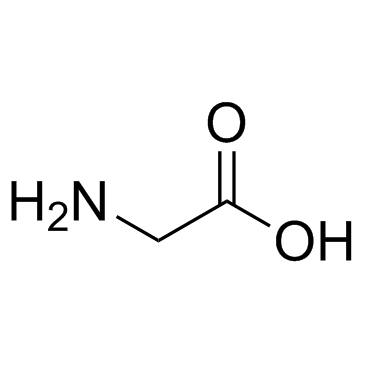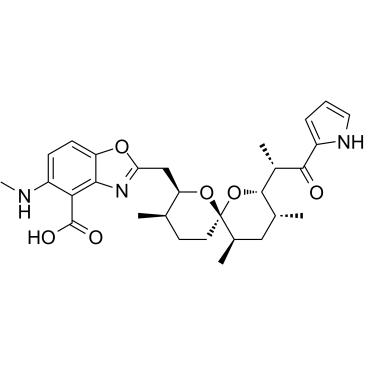| Structure | Name/CAS No. | Articles |
|---|---|---|
 |
potassium chloride
CAS:7447-40-7 |
|
 |
Glycine
CAS:56-40-6 |
|
 |
Calcimycin
CAS:52665-69-7 |
|
 |
Glycine HCl
CAS:6000-43-7 |
|
 |
phosgene
CAS:75-44-5 |